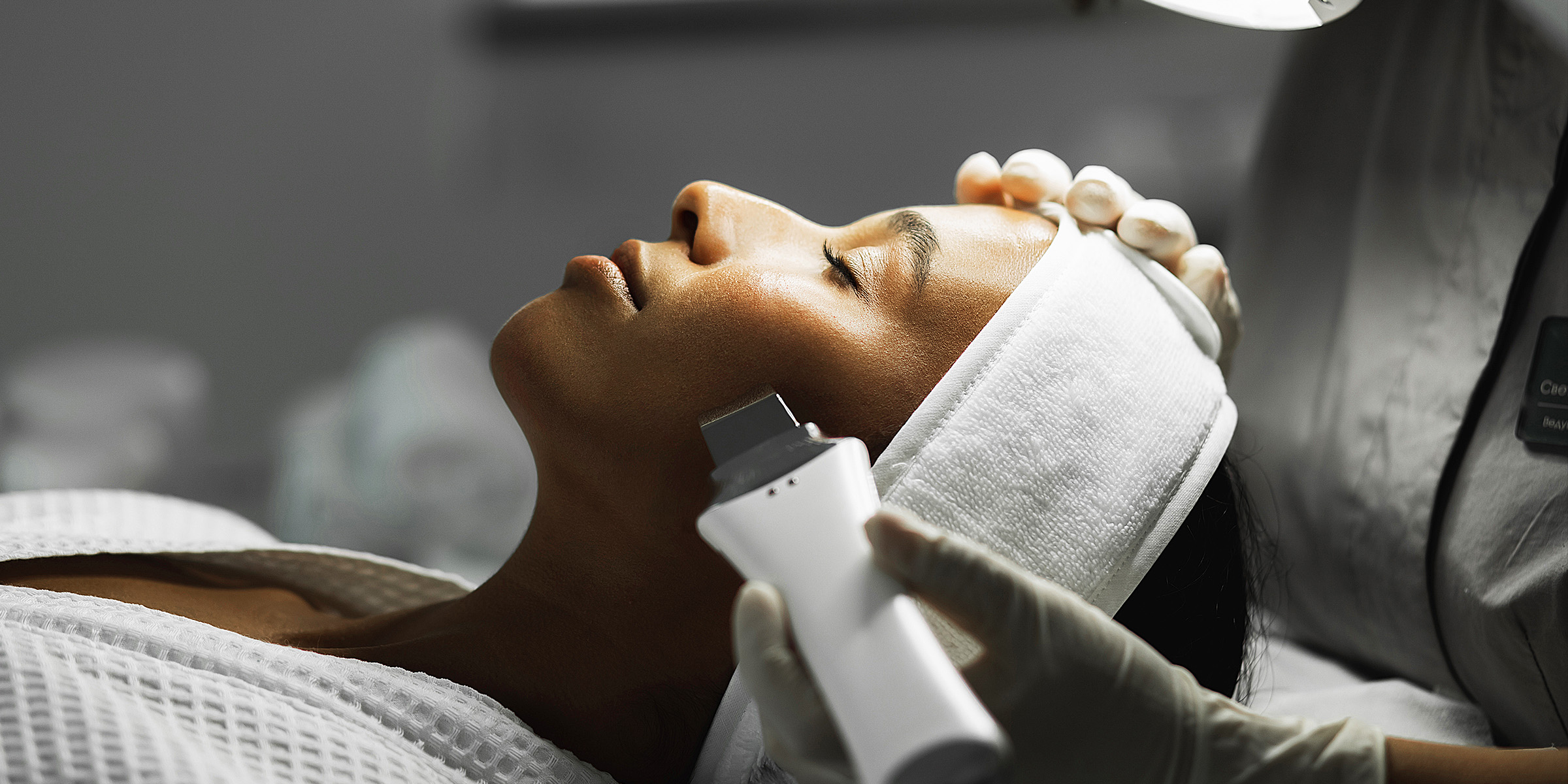
Microdermabrasion 101: Everything You Need to Know Before Your First Treatment
Microdermabrasion has been around for decades and has long offered numerous benefits for anyone looking to maintain a healthy skin glow. If you're considering giving it a try, here's what you should know.
You may have heard — or perhaps even used — of various at-home mechanical and chemical exfoliators from a sponge, brush, or scrub to over-the-counter chemical peels. However, sometimes we need something more effective done by professional hands.

A woman undergoing a facial microdermabrasion procedure | Source: Getty Images
Enter: Microdermabrasion. This in-office procedure, often performed by a dermatologist or licensed aesthetic technician, can have your skin looking plump and healthy — and it offers various other benefits.
But, before you book that appointment, here's what you should know about it.
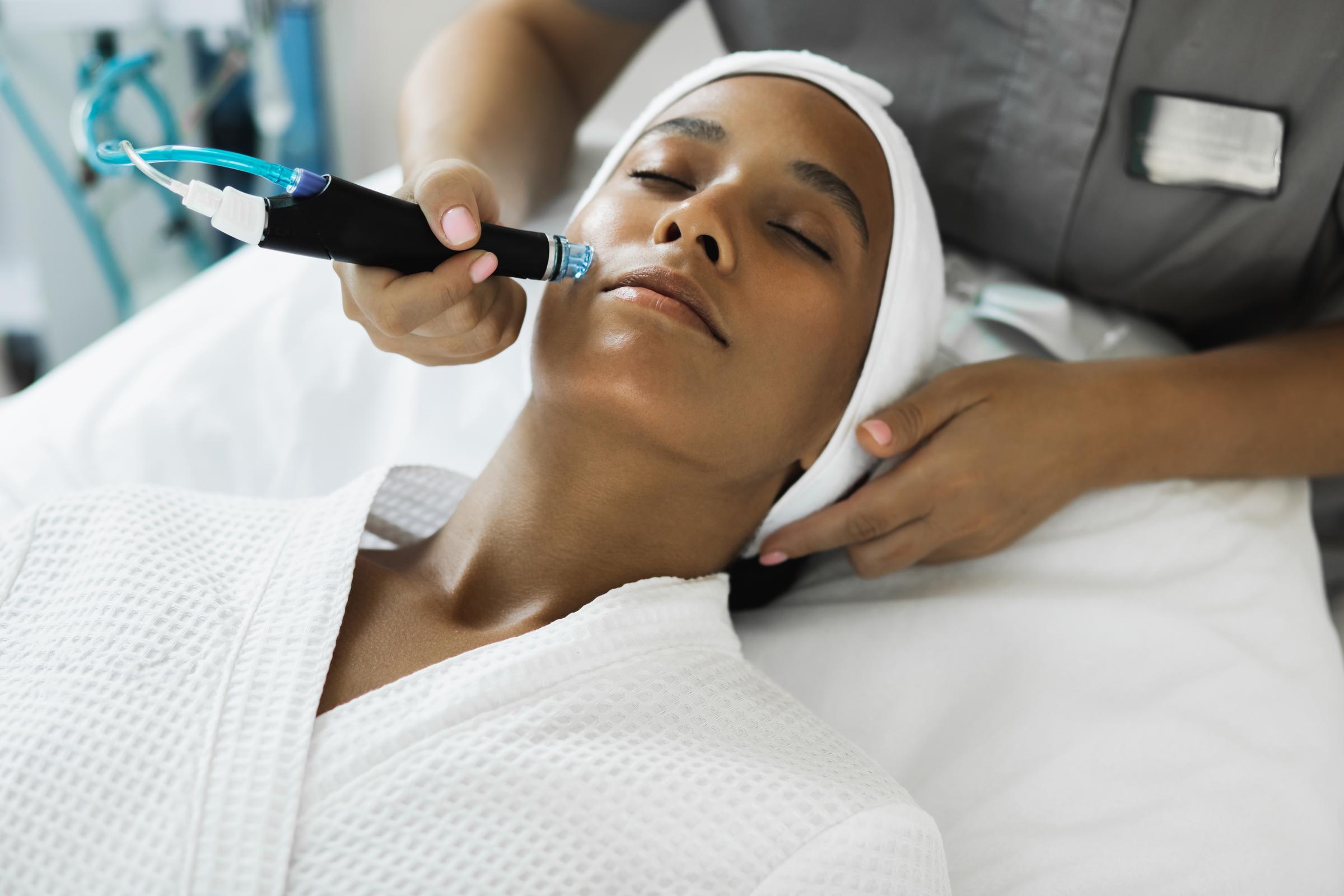
A woman undergoing a facial microdermabrasion procedure | Source: Getty Images
What Is Microdermabrasion?
Microdermabrasion is a minimally invasive and painless procedure that involves using a special instrument to gently exfoliate the dead cells on the outermost layer of your skin. It can be performed on your face, neck, chest, back, or hands.
The device used has a slightly rough applicator tip — composed of either tiny rough particles or a rough diamond tip — that gently sands away the thicker, uneven skin layer, revealing a smoother texture.
It is typically used to treat light scarring, discoloration, sun damage and stretch marks, and it helps generate new skin cells.
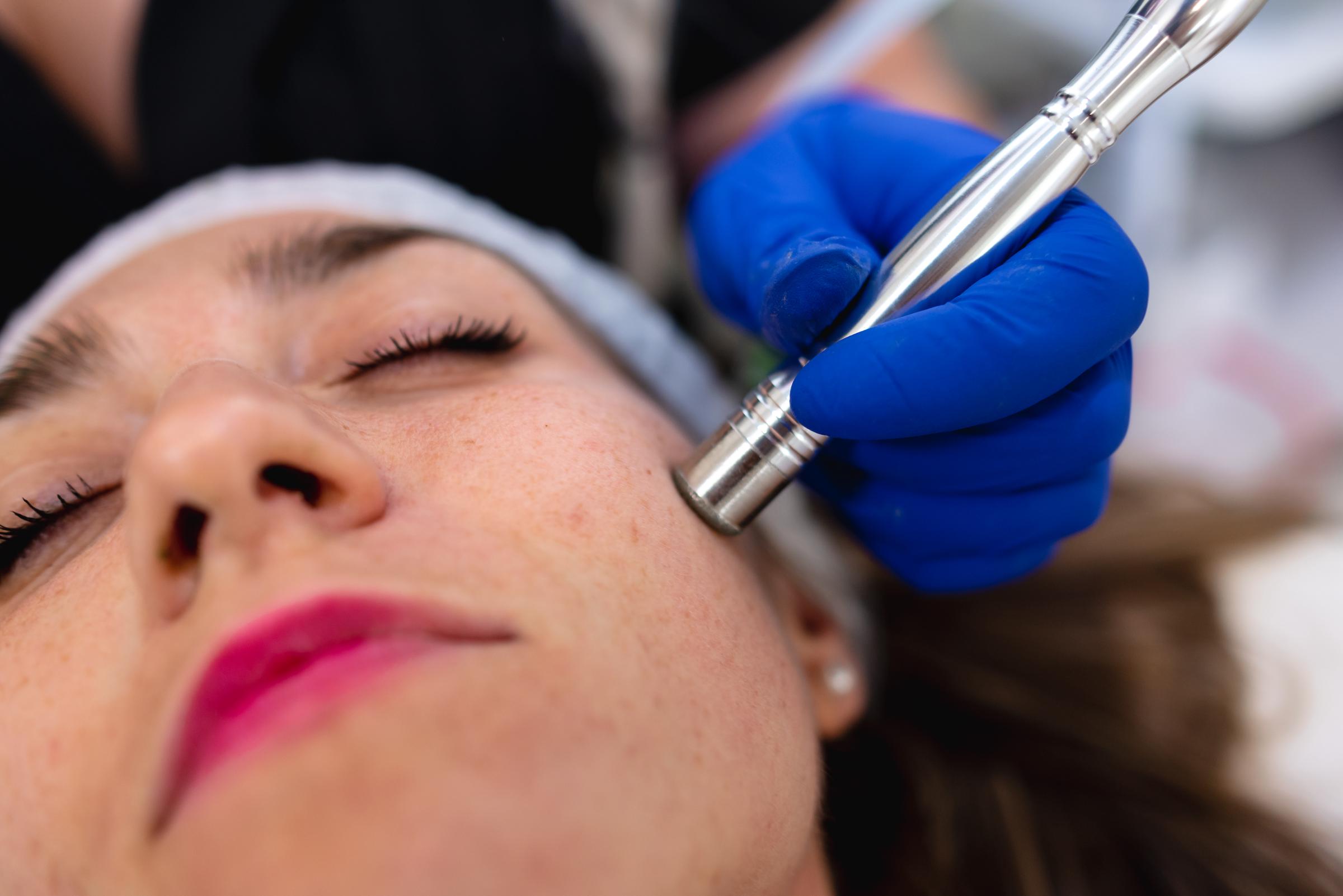
A woman undergoing a facial microdermabrasion procedure | Source: Getty Images
What Are the Benefits of Microdermabrasion?
In addition to making way for newer, undamaged skin and aiding the regeneration of new skin cells, microdermabrasion also thickens your collagen, which is a naturally-occurring protein that keeps your skin firm.
Additionally, the procedure can reduce the appearance of the following skin conditions:
- Stretch marks
- Enlarged pores or blackheads
- Mild scars, especially those from acne
- Fine lines or wrinkles
- Skin discoloration or hyperpigmentation
- Sun damage
- Age spots
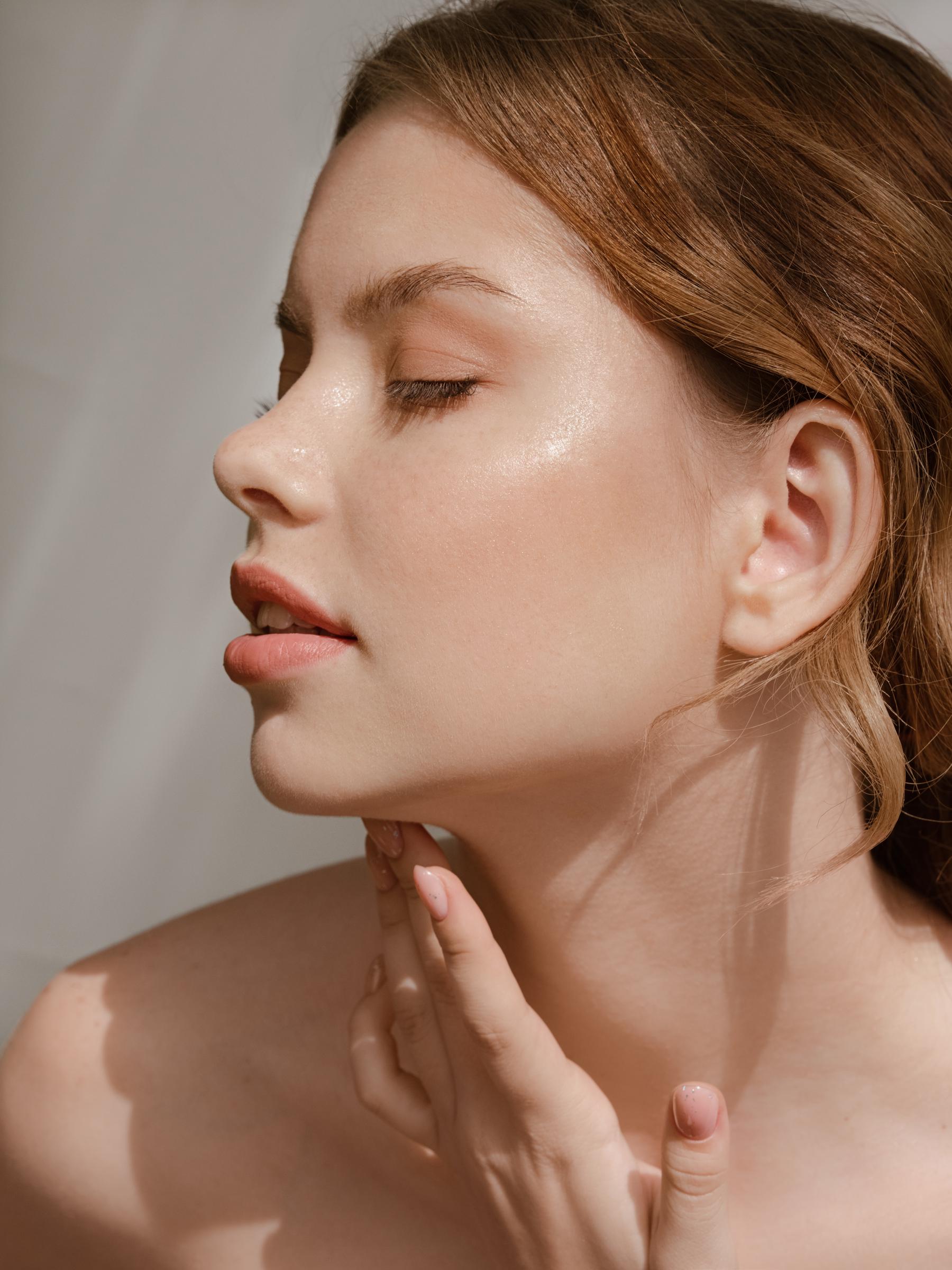
A woman with healthy, glowing skin | Source: Getty Images
What Are the Risks of Microdermabrasion?
Microdermabrasion is a generally safe procedure and is not known to pose any serious risks. However, after a session, you might notice bruising, which typically lasts for a few days after the procedure.
You may also experience temporary discoloration on the treated area, dryness, or flakiness, as well as increased sensitivity to sunlight — in which case you should apply sunscreen regularly.
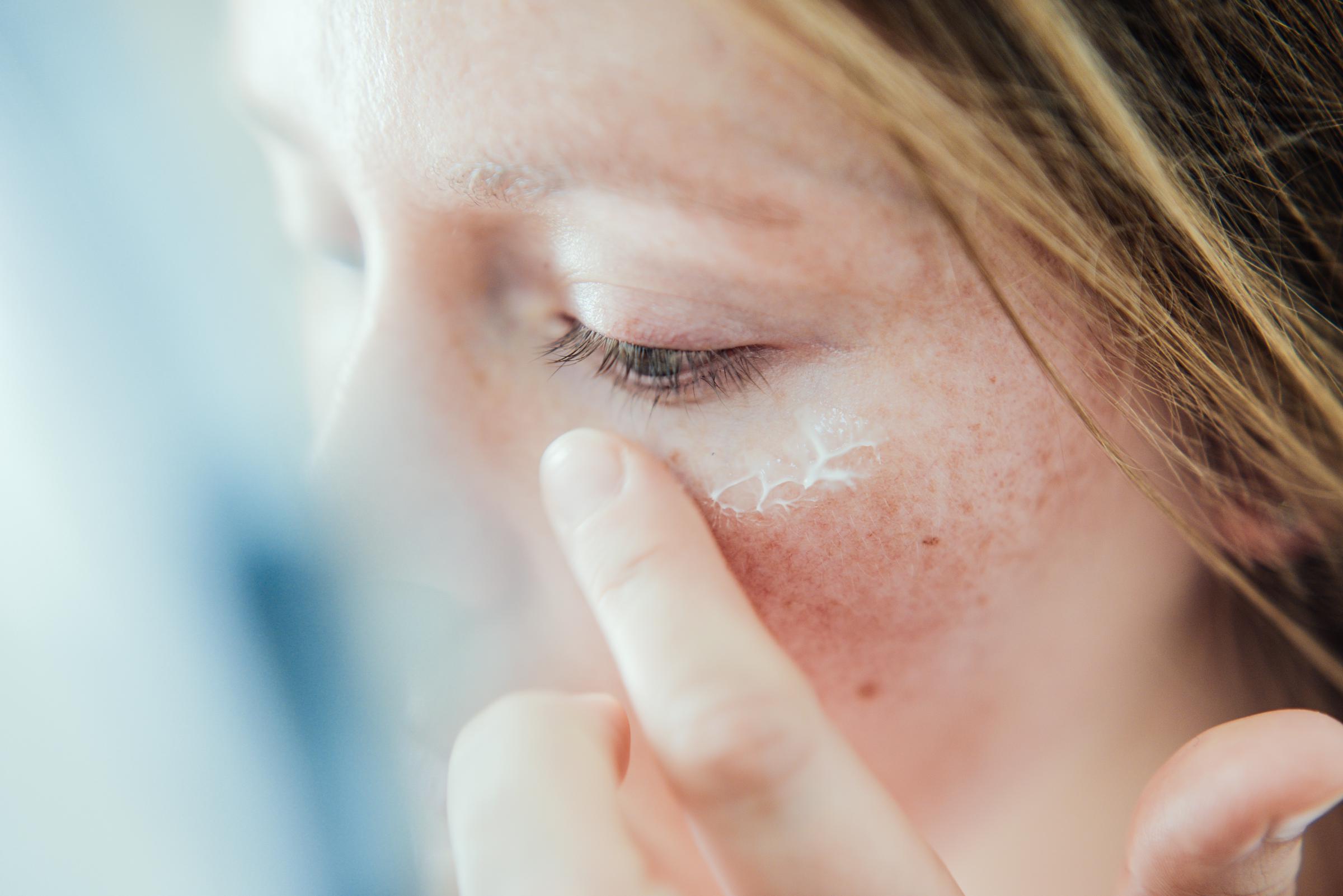
A woman applying sunscreen to her face | Source: Getty Images
In some cases, you may experience skin irritation or infection. If this happens, consult a medical provider as soon as possible. If you don't experience any issues, you will still need to follow an aftercare routine while your skin adjusts.
Your provider will likely communicate the aftercare instructions with you at the end of your session. These are a few that you can expect:
- Keep the new skin clean, moisturized, and protected with sunblock.
- Make sure to use a gentle cleanser
- Apply anti-inflammatory creams or cold compresses as needed.
- Avoid scratching or picking at your skin.
- Avoid direct sun exposure for at least seven days.
- Avoid glycolic, beta hydroxy, retinol, benzoyl peroxide and similar medications for one to two days following treatment.
- Avoid applying prescription retinoid products for three to seven days after treatment.

A woman doing her skincare routine | Source: Getty Images
What to Consider Before Booking an Appointment
While microdermabrasion does offer long-lasting benefits, it's not a one-size-fits all procedure. It might not be right for you if you have acne or are taking medication for acne, experience frequent skin rashes or cold sores, or have skin conditions like eczema or psoriasis
Moles, freckles, skin tags or other growths that change in size or shape or bleed; uncontrolled diabetes; warts; and active rosacea are also a no-go. If you're unsure whether these risks apply to you, speak with your doctor to rule them out.
The information in this article is not intended or implied to be a substitute for professional medical advice, diagnosis or treatment. All content, including text, and images contained on WomanlyLive.com, or available through WomanlyLive.com is for general information purposes only. WomanlyLive.com does not take responsibility for any action taken as a result of reading this article. Before undertaking any course of treatment please consult with your healthcare provider.
